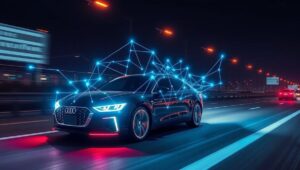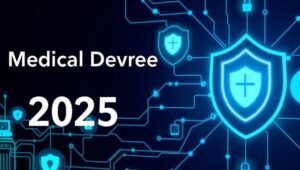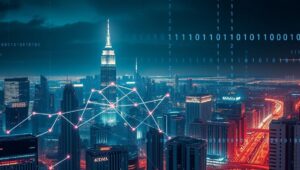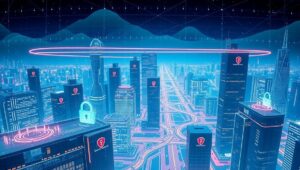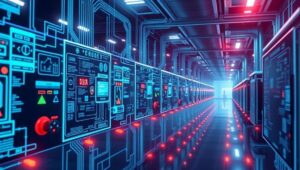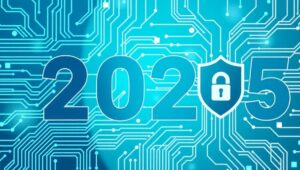May 29, 2025
The Future Cybersecurity Professional: Skills Needed in 2027
The Evolving Landscape of Cybersecurity The cybersecurity landscape is in constant flux. As we advance towards 2027, emerging technologies and sophisticated cyber threats will demand a new breed of cybersecurity professionals equipped with advanced skills. This article explores the essential skills that future cybersecurity professionals will need to safeguard digital assets. Understanding the Threat Landscape in 2027 By 2027, we can anticipate an environment marked by: AI-Driven Attacks: AI will power sophisticated malware and phishing campaigns, requiring defenders to leverage AI for threat detection and response. IoT Vulnerabilities: The proliferation of IoT devices will create numerous attack vectors, necessitating expertise




